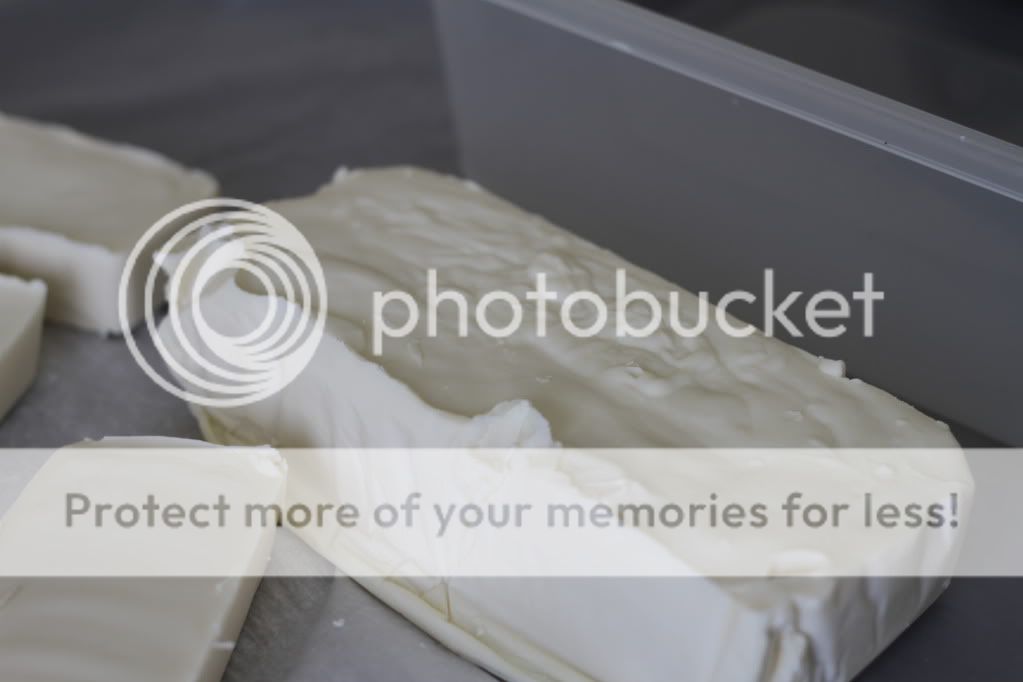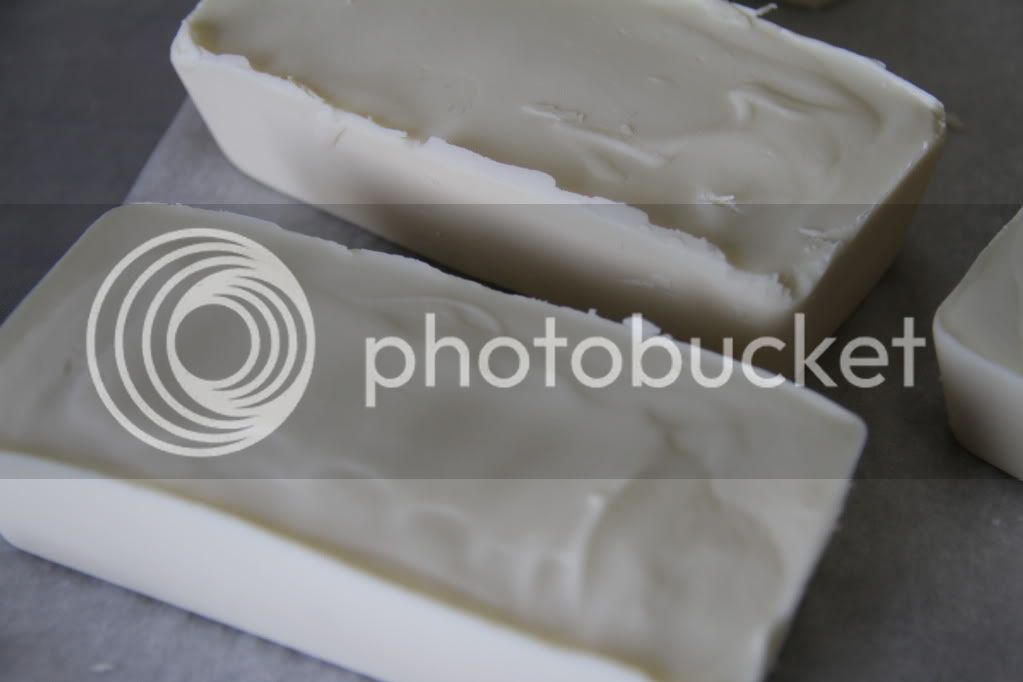Ok... I'm back again
I was successful in making a couple batches of soap, my second attempt at Castile is curing on the shelf, my third attempt was not so great, which is why I'm here...again...
I don't know where I went wrong or how to fix this if possible, and I'm hoping it can be. I think I have miscalculated on the oil and somehow added too much, as for now, there is oil or liquid sitting on the bottom of my container, and on the mini molds I have they have not hardened at all and its been over 24 hrs, the mini molds are the red rubberized baking molds and I can't see through those ones
How can I save this? I don't know would I add more lye water, stir up, try and OP?
Now, I tried something different with this particular one, I put it into the fridge after it reached a medium trace, so could this be the problem instead?
The other smaller molds in the rubberized baking molds were not placed in the fridge, they were just left out on the counter
Please help
Thanks
I was successful in making a couple batches of soap, my second attempt at Castile is curing on the shelf, my third attempt was not so great, which is why I'm here...again...
I don't know where I went wrong or how to fix this if possible, and I'm hoping it can be. I think I have miscalculated on the oil and somehow added too much, as for now, there is oil or liquid sitting on the bottom of my container, and on the mini molds I have they have not hardened at all and its been over 24 hrs, the mini molds are the red rubberized baking molds and I can't see through those ones
How can I save this? I don't know would I add more lye water, stir up, try and OP?
Now, I tried something different with this particular one, I put it into the fridge after it reached a medium trace, so could this be the problem instead?
The other smaller molds in the rubberized baking molds were not placed in the fridge, they were just left out on the counter
Please help
Thanks






